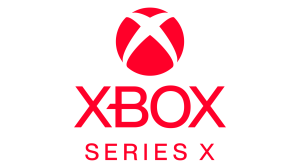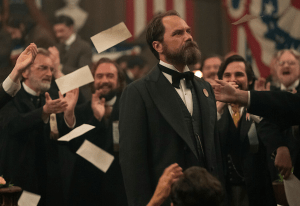One jaw-dropping moment after another, Avengers: Endgame was packed to the brim with plenty of fan service moments. One of those that stood out most is when dusted characters returned to help Captain America (Chris Evans) and the rest of the original Avengers battle Thanos (Josh Brolin) in the final battle. Despite being stranded at various points across the globe, Doctor Strange (Benedict Cumberbatch) and Wong (Benedict Wong) were able to sling ring across the world and gather the dusted — and the armies they were associated with — before transporting the thousands of warriors to Avengers HQ to face Thanos and his forces.
Videos by ComicBook.com
As with the rest of the massive third-act battle, the New Zealand-based Weta Digital was responsible for the visual effects behind the scene. Though the sling ring effect has been in the Marvel Studios library since Doctor Strange (2016), Weta has to build it again from the ground up so that it could be scaled up to massive portals all at once.
“We wanted to make sure that they were instantly recognizable for people as being the same Doctor Strange sling ring portals from the earlier movies,” Weta Digital visual effects supervisor Matt Aitken tells us. “Because at that really magical moment when the portals start opening up behind Cap, we wanted people to be instantly aware of what was going on.”
“We didn’t want them to be wondering, ‘Oh what’s this strange thing I’m seeing here? Is this the heroes arriving or is this more of Thanos’ army arriving through some other way?’ So it had to be very clearly recognizable as these Doctor Strange portals.”
Then, within the sling ring portals themselves, movie-goers saw the environments those teleporting to upstate New York were coming from. According to Aitken, everything seen within those portals was generated just for this movie and not rehashed footage from previous films.
“As you say there’s Wakanda and New Asgard, but there’s also Titan, Kamar-Taj, and Contraxia, where the Ravagers come from,” Aitken points out. “They had to be CG because we are, essentially, filming those environments with the same camera that we’re running on the compound, the battlefield side of the portal. As the camera’s moving back in these big, dynamic, sweeping camera moves, we want it all to feel like the paralapse is correct and everything’s locking together so that there’s a connection between what’s on this side of the portal and what’s inside the portal.”
The effects supervisor points out that the only way for that camera movement to be correct was to create the environments entirely with computer-generated graphics, making the shot virtually the best quality it could be. He also tells us those in-ring environments were constructed from the ground-up just for this particular shot.
“They’re all entirely built out CG environments with every blade of grass in Wakanda individually modeled, “Aitken mentions. “That was great as well because that gave us complete control over how we light those environments. It’s very important when the first portal opens up that there’s a really strong, hazy, kind of flarey light, which is the gold dawn light in Wakanda.”
“It makes it hard to see exactly what’s going on and the timing of that is really important because the filmmakers wanted to really tease out that moment where we realize that it’s actually T’Challa, Okoye, and Shuri coming out from Wakanda,” he says. “It couldn’t be just two, we had to lose them in this hazy mist and by creating those environments with full CG, that gave us the control to do that.”
Who’s third-act entrance was your favorite? Let us know your thoughts in the comments below!
Avengers: Endgame is now in theaters and will be followed by Spider-Man: Far From Home on July 2nd. Captain Marvel will receive a digital release on May 28th before being released on home media June 11th.








